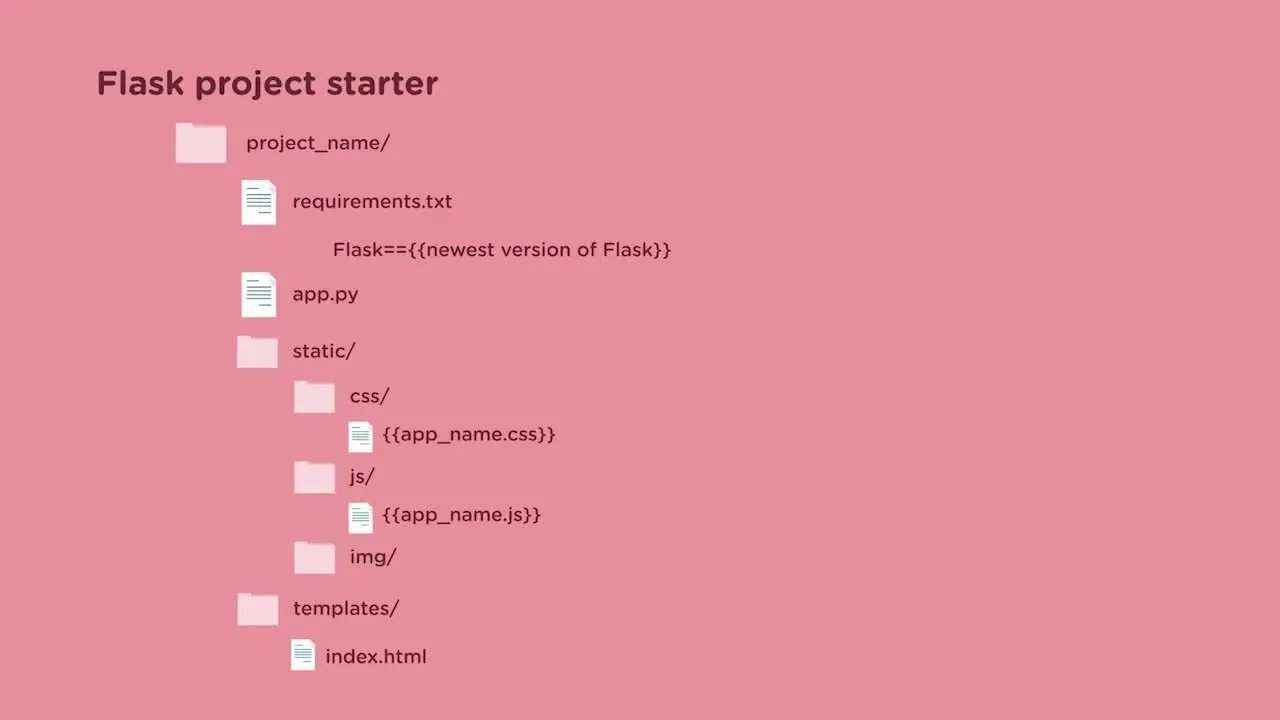
Python for File Systems Course 
This course teaches students how to use Python to navigate and manage their file systems. Students will learn how to create and manipulate files and directories, and will finish the course by building a project starter. With this knowledge, students will be able to efficiently manage their file systems with Python. ▼
ADVERTISEMENT
Course Feature
![]() Cost:
Cost:
Free Trial
![]() Provider:
Provider:
ThaiMOOC
![]() Certificate:
Certificate:
No Information
![]() Language:
Language:
English
![]() Start Date:
Start Date:
On-Demand
Course Overview
❗The content presented here is sourced directly from ThaiMOOC platform. For comprehensive course details, including enrollment information, simply click on the 'Go to class' link on our website.
Updated in [March 06th, 2023]
This Python for File Systems Course provides an introduction to the Python language and its use for manipulating files and directories. Students will learn how to navigate their file system with Python, create and manipulate files and directories, and build a project starter to make starting their Flask project easier. Topics covered include manipulating files and directories with Python, temporary files and directories, and automating file and directory creation. Upon completion of the course, students will have a better understanding of how to use Python to manage their file system.
[Applications]
At the end of the Python for File Systems Course, students will be able to apply their knowledge to create and manipulate files and directories with Python. They will also be able to create temporary files and directories, and automate file and directory creation. Additionally, they will be able to use the project starter they built to make starting their Flask project easier.
[Career Paths]
1. Data Scientist: Data Scientists use Python to analyze large datasets and uncover trends and insights. They use Python to develop machine learning models and algorithms to make predictions and decisions. With the increasing demand for data-driven decision making, the demand for Data Scientists is growing rapidly.
2. Software Developer: Software Developers use Python to develop applications and websites. Python is a versatile language that can be used to create a wide variety of applications, from web applications to mobile applications. With the increasing demand for software development, the demand for Software Developers is also growing.
3. DevOps Engineer: DevOps Engineers use Python to automate the deployment and management of applications and infrastructure. They use Python to create scripts and tools to automate tasks and improve the efficiency of their workflows. With the increasing demand for automation and DevOps, the demand for DevOps Engineers is also growing.
4. Machine Learning Engineer: Machine Learning Engineers use Python to develop and deploy machine learning models. They use Python to create algorithms and models that can be used to make predictions and decisions. With the increasing demand for machine learning, the demand for Machine Learning Engineers is also growing.
[Education Paths]
1. Bachelor of Science in Computer Science: This degree path focuses on the fundamentals of computer science, including programming languages, algorithms, data structures, and software engineering. It also covers topics such as artificial intelligence, computer networks, and computer graphics. This degree path is ideal for those looking to pursue a career in software development, data science, or computer engineering. The demand for computer science professionals is growing rapidly, and this degree path will prepare learners for a successful career in the field.
2. Master of Science in Data Science: This degree path focuses on the application of data science techniques to solve real-world problems. It covers topics such as machine learning, data mining, and data visualization. This degree path is ideal for those looking to pursue a career in data science, analytics, or artificial intelligence. With the increasing demand for data-driven decision making, this degree path will prepare learners for a successful career in the field.
3. Bachelor of Science in Information Technology: This degree path focuses on the fundamentals of information technology, including computer networks, database systems, and web development. It also covers topics such as software engineering, system administration, and cybersecurity. This degree path is ideal for those looking to pursue a career in IT, software development, or system administration. With the increasing demand for IT professionals, this degree path will prepare learners for a successful career in the field.
4. Master of Science in Artificial Intelligence: This degree path focuses on the application of artificial intelligence techniques to solve real-world problems. It covers topics such as machine learning, natural language processing, and computer vision. This degree path is ideal for those looking to pursue a career in artificial intelligence, robotics, or data science. With the increasing demand for AI professionals, this degree path will prepare learners for a successful career in the field.
Course Provider

Provider ThaiMOOC's Stats at AZClass
The Python for File Systems Course teaches students how to navigate and manage file systems using Python. Learners can learn how to use Python to manipulate files and directories, create and use temporary files and directories, automate file and directory creation, and interact with the operating system using operating system modules. They can also learn how to create a project starter using Python, making it easier to start a Flask project. In addition, learners can also understand the importance of file and directory management and how to use Python to improve the efficiency of the process.
Discussion and Reviews
0.0 (Based on 0 reviews)
Explore Similar Online Courses

Learn How To Code: Google& Go Programming Language

ServiceNow JavaScript Tutorial

RDBMS PostgreSQL
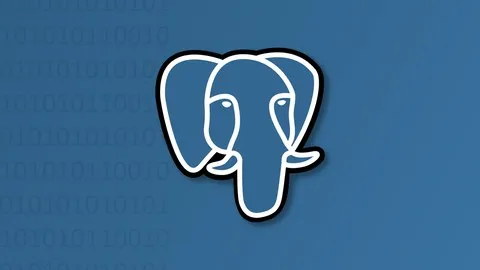
Intro To PostgreSQL Databases With PgAdmin For Beginners
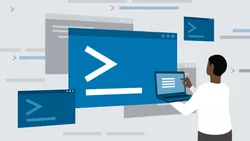
PostgreSQL: Client Applications

Mastering SQL using Postgresql

Database Design and Basic SQL in PostgreSQL
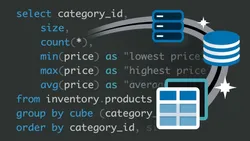
PostgreSQL: Advanced Queries

Spatial SQL with Postgres : A language for geographers

Learn SQL Using PostgreSQL: From Zero to Hero

PostgreSQL Essential Training
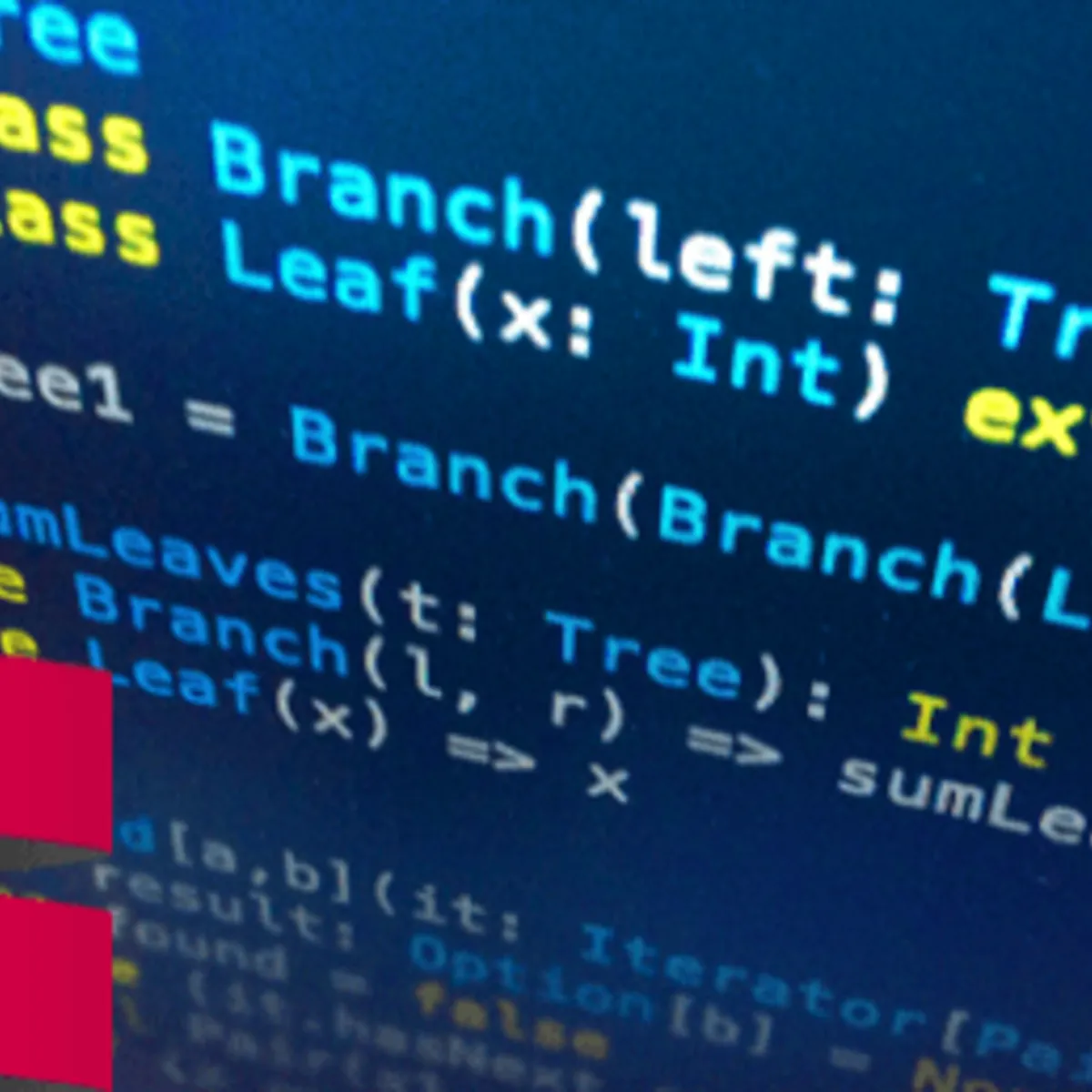

Start your review of Python for File Systems Course